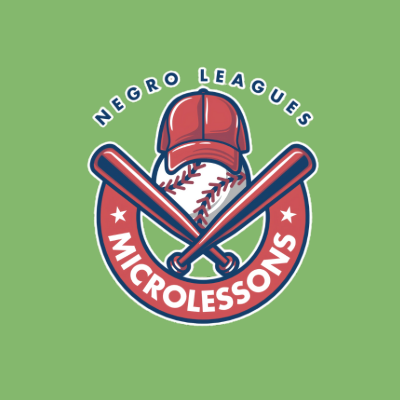Teaching Economics with Baseball
This collection of microlessons combines the story of baseball the with basic economic concepts for the elementary and middle school learners.
{{searchResultSnippet}}
 Back to All
Back to All

This video assignment shows items that have been used as money in the past and explains why something used as money should be relatively scarce, generally acceptable, portable, durable, and divisible.
Below is a full transcript of this video. It has not been edited or reviewed for accuracy or readability.
Let’s explore a little economics. One day, Tyrone, the great backyard explorer, was digging a hole when he found a small bag filled with shells. What a great discovery!
He remembered that in history class his teacher, Mrs. Applebaum, said people use shells as money. This gave Tyrone a great idea.
Tyrone took his bag of shells to the local bike store to buy a cool new bike, but they wouldn’t sell him a bike for shells.
Then, he went to the toy store to buy a new video game, but they wouldn’t sell it to him for shells.
Finally, he went to the candy shop to buy his favorite chocolate bar, but once again, they wouldn’t sell it to him for shells.
Tyrone was confused. Why couldn’t he use the shells to buy the stuff he wanted? Was Mrs. Applebaum wrong? No, Tyrone’s teacher wasn’t wrong. People used certain types of shells as money in the past, but not anymore.
In fact, throughout history, people have used all sorts of things as money, including beads, cows, grain, cubes of salt, dried fish, and copper. Why don’t people still use shells as money and what makes something useful as money?
To answer these questions, it’s important to understand the characteristics of money. To begin with, an item used for money must be relatively scarce, meaning there are limited amounts available. If people have easy access to the item, they could have as much as they want and the item would lose its value.
The item must also be durable or long-lasting. Copper is a type of metal, and it’s usually more long-lasting than salt or grain. Salt will dissolve if it’s wet and grain can get moldy or eaten by mice.
The item must be easily divided, in order to make change. Cows are not easily divided.
The item must be easy to carry around or portable. It might be easy to carry beads or shells, but it’s difficult to put a cow in your pocket.
The item must be accepted as payment for a good or a service. Suppose you walked your neighbor’s dog and they tried to pay you with dried fish. Would you accept dried fish as payment? Probably not, because you can’t use dried fish to buy a movie ticket and a bank won’t let you deposit dried fish in your savings account.
Finally, does the item have a standard shape and size? If the item is uniform, people can trust in its value. If one salt cube was much smaller than another, it might be less valuable.
These days, people take money for granted, but money is actually a fascinating human invention that allows you to buy goods and services easily. Plus, it’s much easier to fit in your pocket than a cow.

Teaching Economics with Baseball
This collection of microlessons combines the story of baseball the with basic economic concepts for the elementary and middle school learners.

Early Forms of Money
Introduce forms of money used by different cultures throughout history.

Infographic Posters
Browse infographics for your classroom.

Functions of Money
Cover the functions and types of money.

Carnival Thrills and Dollar Bills
Learn about U.S. currency.

Pieces of Paper
Compare a barter economy with one that uses money.

Scarcity and Opportunity Cost
Introduce the term "scarcity".

Consumers and Producers
Understand that people are both producers and consumers.

Goods and Services
Explain that people buy and use both goods and services.

How Daniel Got What He Wanted
Understand that people have to save to get the things they want.

Saving and Savings Goals
Introduce the terms "saving" and "savings".

The Economics of Infrastructure
Show how infrastructure supports the operation of an economy.

The Economics of Transportation
Shows how changes in technology changed the way people move goods.

The Perfect Breakfast
Understand why people trade.
{{resourceTitle}}
{{resourceBlurb}}